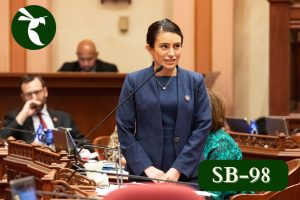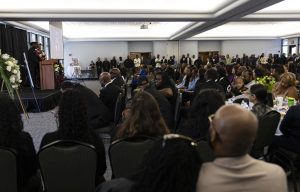ASI redistributes funds and discusses graduation initiatives
May 2, 2016
Associated Students, Inc. voted to reallocate over $2,000 to student scholarships and discussed graduation initiatives on Wednesday, April 27.
A total of $2,250 from ASI’s board traveling fund, which funds ASI members to attend California State Student Association events outside of Sacramento, will be redistributed to increase the Directors Scholarships next year.
Every spring semester, ASI awards nine director’s scholarships to one student from each of the seven colleges, an undeclared student and a graduate student in the amount of $250. With the reallocation, the amount awarded to students next year will be increased to $500.
Vice President of Finance Aryn Fields, who initiated the legislation to increase the scholarship funds, previously said students were not motivated to apply for the scholarships that awarded only $250, compared to their $500 scholarships. According to Fields, the applicant pool for the director’s scholarships in the last three years has been “historically low.” This year, there were no applicants from undergraduate students.
Fields said she hopes 2016-17 Vice President of Finance-elect Randy Chen will choose to institutionalize the change with the finance and budget committee next year, so the director’s scholarships can continue to be $500 after next year.
Jim Dragna, the executive director of university initiatives and student success, also known as the “graduation czar,” discussed four-year graduation rate initiatives with the ASI board.
Their discussion included advising for transfer students, measuring “ghost students”– students who discontinue their education at Sacramento State– and improving student and faculty interactions.
Ryan Brown, CSSA liaison, said he and other transfer students he knows have never received advising before, and advising is crucial for higher graduation rates.
“I feel like advising is incredibly important to a lot transfer students, especially in majors that have higher impaction rates,” Brown said. “Right now, that’s not being particularly well addressed.”
Dragna said the goal is to increase the four-year graduation rate from 8% to 26% in ten years.
























































































































